Table of Contents
Concept of Organization:
A. Carnegie, an American interest list once said, “Take away our factories, take away our trade, our avenues of transportation and our money, leave nothing but our organization, and in four years, we shall have re-established ourselves.” In the contemporary world of ours, life is inextricably interwoven with organizations- Government, Church, Army, School, Club i.e., Public or Private organizations. It is in fact very difficult to think of persons without organizations and vice versa. “About the first thing we do to identify people today is to find out the principal organization of which they are the members.” The organization is the most important part of the administration. In fact, it is the most significant and integral part of the administration. The administration is always an organized operation run by an organization.
Even if we say that an organization is prior to all administration we would not be wrong. There can be no administration unless there is an organization to run it. The letter is the framework for the pursuit of everyday activities to serve the communities like the Post Office, the Municipality, the Panchayats, the Banks, etc. It is an essential condition of efficient and good administration. The success or failure of an administration depends largely upon whether it has a proper organization or not. A poor organization may lead to confusion, duplicity of work, and lack of coordination. Prof. Gaus says, “Organization is the relating of efforts and capacities of individuals and groups engaged upon a common task in such a way as to secure the desired objectives with the least friction and the most satisfaction to those for whom the task is done and those engaged in the enterprise.”
Organizations have been in existence since time immemorial. They are as old as human society itself. Some types of organizations existed even in primitive times. Since then, they have been changing and developing continuously. Changes in the environment, needs, expectations, and ideas of the people have been instrumental in determining the evolution of organizations in each society.
The industrial revolution ushered society into the era of mass production. Machines replaced men and factories became the centers of production. All this and other consequent developments led to the dawn of the era of big organizations in all States both developed and developing. Since the opening of the age of industrialization and technology, organizations have been, and continue to be the basic arrangements for running administration of all types, public or private, and at all levels- local, regional, national, and international.
Meaning and Definition of Organization:
Whenever certain goals have to be achieved and individuals have to come together, share the work, and act with understanding over a period of time, an organization is always created for securing the desired objectives and goals. A popular dictionary defines an organization as “the work of connecting interdependent parts so that each has a special function and acts as an office in relation to the whole.”
In simple words, we can say that organization involves collective and cooperative efforts on the part of a number of persons for achieving some purpose. The term organization is conceptualized and defined differently by different scholars depending upon the emphasis that each likes to lay upon.
Morstein Mark while defining organization places emphasis on structure. According to him, “Organization is a structure developed for carrying out the tasks entrusted to the Chief Executive and his administrative subordinates in the government.”
J. D. Mooney in his definition of the organization lays stress upon the cooperative endeavor of human beings. According to him, “Organization is the form of every human association for the attainment of a common purpose.”
Dr. L. D. White regards the organization as an arrangement of personnel. He writes, “Organization is the arrangement of personnel for facilitating the accomplishment of some agreed purpose through the allocation of functions and responsibilities.”
According to Pfiffner, “Organization consists of the relationship of individual to individual and of the group to group which are so related as to bring about an orderly division of labor.”
In the words of E. N. Gladden, “Organization is concerned with the pattern of relationship between persons in an enterprise so constructed as to fulfill the enterprise function.”
Luther Gullick says, “Organization is the formal structure of authority through which work sub-divisions are arranged, defined, and coordinated for the defined objectives.”
In the words of Schulz, “Organization is a combination of the necessary human beings, materials, tools, equipment, working space, and appurtenances brought together in systematic and effective coordination to accomplish some desired object.”
All these definitions are valid but in parts. Dimock and Dimock offer a synthetic definition. According to them, “Organization is the systematic bringing together of interdependent parts to form a unified whole through such authority, coordination, and control as may be exercised to achieve a given purpose. Because the interdependent parts are made up also of people who must be directed and whose work must be coordinated in order to achieve the objectives of the enterprise, an organization is both a structure and a group of human beings.”
This definition can be adopted as the best of the lot, as it covers almost all aspects of an organization.
It would be clear from these definitions that an organization consists of:
- Structure,
- the working arrangement between the people who work in it, and
- their relationship.



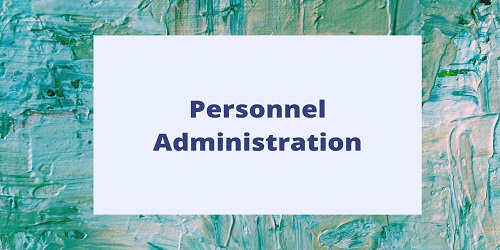
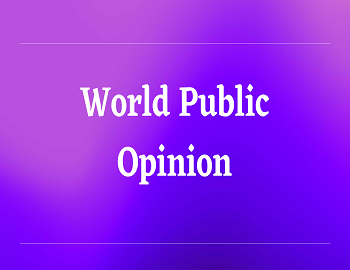
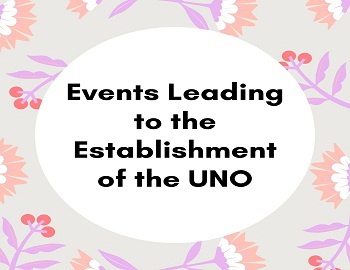

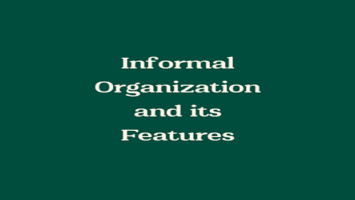
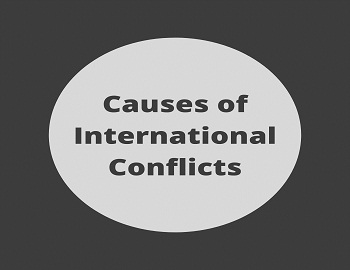
Comments (No)